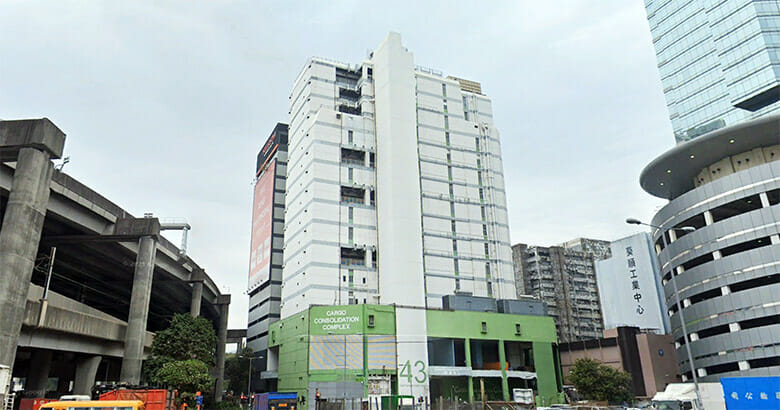
Nuveen has invested in the Cargo Consolidation Complex data centre in Hong Kong’s New Territories
As growing requirements for information processing drive long-term demand for data centre space, Asia Pacific’s diverse political geography will present challenges for investors seeking to reach sustainability targets, according to a report from Nuveen.
APAC’s co-location data centre market is estimated to expand at a compound annual growth rate of over 13 percent by 2026, outpacing growth rates of 7 percent in North America and 12 percent in Europe/Mideast/Africa, the US investment firm said in Data Centres: Sustainable Investment in Asia Pacific.
With each country in the region having its own set of laws and regulations to comply with, APAC faces a different situation than a single country like the US or a region where there are agreed common rules and standards, such as the EU.
“This unique requirement for data sovereignty is expected to generate additional local DC demand for the region — an example being Amazon and their intention to establish local DCs to assist their customers in meeting data sovereignty requirements,” said the report authored by Mark Cameron, head of sustainability for Asia Pacific at Nuveen Real Estate, and Leo Chung, Nuveen’s director of research for Asia Pacific.
Resource-Hungry Properties
Nuveen noted that while data centres play a critical role in the digital economy, they consume significant resources — especially energy and water.

Mark Cameron, head of sustainability for Asia Pacific at Nuveen Real Estate
Data centres account for 3 to 4 percent of greenhouse gas emissions globally, according to IDC research. The Uptime Institute found that a 1-megawatt facility with traditional cooling methods uses 25 million litres of water a year, equivalent to the consumption of 450 individuals.
A global survey of IT and data centre managers conducted by Uptime in 2020 showed that the average annual power usage effectiveness of large data centres had improved from 2.50 to 1.59 since 2007. PUE is the ratio of the amount of power entering a data centre to the power used to run the IT equipment within it.
Around APAC, Singapore requires a PUE of 1.3 and Platinum certification under the country’s Green Mark regime for new data centre builds, while mainland China targets a PUE between 1.25 and 1.3. Other key regional markets, including Hong Kong, Japan, South Korea and Australia, have limited or no sustainability regulation specific to data centres.
Facilities in a location with lower grid carbon intensity and access to renewable energy through power purchase agreements or renewable energy certificates may present a more favourable option than locations with “dirty” grids and low access to renewable energy, the report said.
Taking Action
A number of co-location operators have made public commitments to sustainability and to achieving net zero carbon/carbon neutrality goals in recent years, said Nuveen, which is the investment management division of financial services giant TIAA-CREF.
A JLL study determined that some of the top features undertaken by operators to drive sustainable operations include building management systems such as automatic controls and sub-metering; airflow management solutions such as hot-cold aisles; artificial intelligence/machine learning controls for air conditioning; and rainwater harvesting systems.
Within APAC, Nuveen Real Estate’s investments include the Cargo Consolidation Complex, a data centre in Hong Kong’s New Territories with 270,000 square feet (25,084 square metres) of space fully leased to local telecom leader PCCW. Last year, Nuveen paid a reported HK$2.88 billion ($371.7 million) to purchase the property near the Kwai Tsing container terminal from local investor Loh Shou-nin.
>>> Read full article>>>
Copyright for syndicated content belongs to the linked Source : MingTiandi – https://www.mingtiandi.com/real-estate/research-policy/fragmented-regimes-challenge-apac-data-centre-sustainability/































